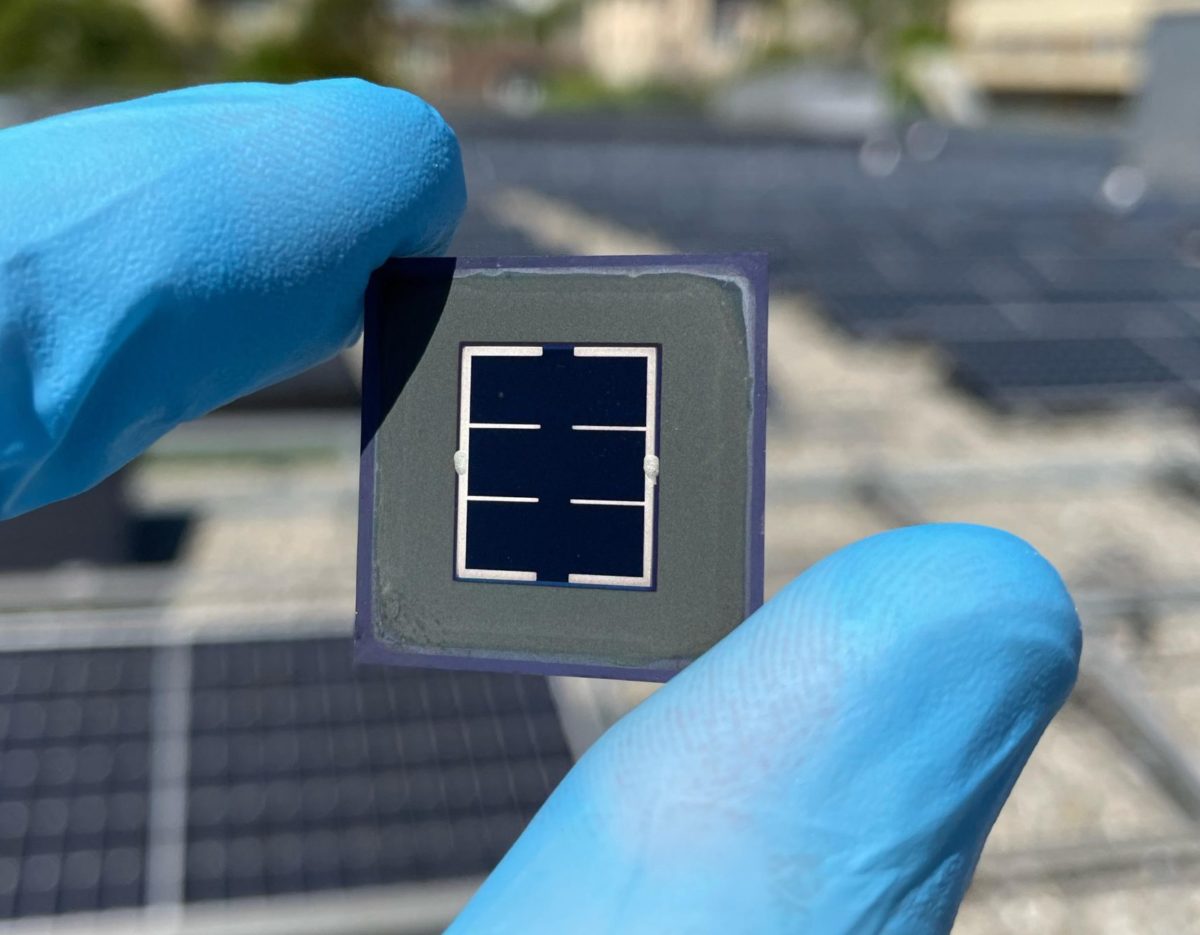There is little doubt left that perovskite-silicon tandem cells will eventually make their way into mass-production, and make good on their many promises of low-cost, high-efficiency solar generation. But the exact device structures that reach commercialization, and the processes used to produce them, are still very much an open question, with universities and R&D departments throughout the world exploring a wealth of different promising approaches.
One concern on the perovskite side is developing processes that can slot into existing silicon manufacturing with minimal disruption. This was the approach taken by scientists at Switzerland’s École polytechnique fédérale de Lausanne (EPFL), who looked for an effective way to integrate a perovskite layer on top of a commercial silicon cell textured with tiny “pyramids” that help with light trapping and cell performance but don’t lend themselves very well to having another layer deposited on top.
In 2018, the group introduced a porous organic base layer to the device, initially achieving cell efficiencies of 25.2%. And since then it has persevered with this approach, improving both the perovskite crystallization processes and the transparency of the base layer. Now, EPFL has reached a 29.2% efficiency rating for a device measuring 1 square centimeter, as confirmed by Germany’s Fraunhofer Institute for Solar Energy Systems.
EPFL claims this as a world-record efficiency level for a tandem cell based on fully textured silicon, and they are not too far behind the overall of 29.8% efficiency rating set by Helmholtz-Zentrum Berlin in November 2021. The groups said it soon expects to be pushing for efficiencies beyond 30%.
Despite these achievements, the group said it remains cautious about getting too excited over the manufacturing prospects just yet.
“Several years of R&D are still needed to bring such technology and manufacturing processes to market,” said EPFL scientist Christophe Baliff. “A big challenge will be developing solar cells that can remain stable on our rooftops for more than 25 years. But the higher efficiency we demonstrated without changing the front texture will be very attractive for the photovoltaics industry.”
This content is protected by copyright and may not be reused. If you want to cooperate with us and would like to reuse some of our content, please contact: editors@pv-magazine.com.




Nice